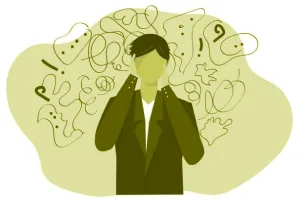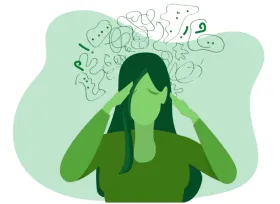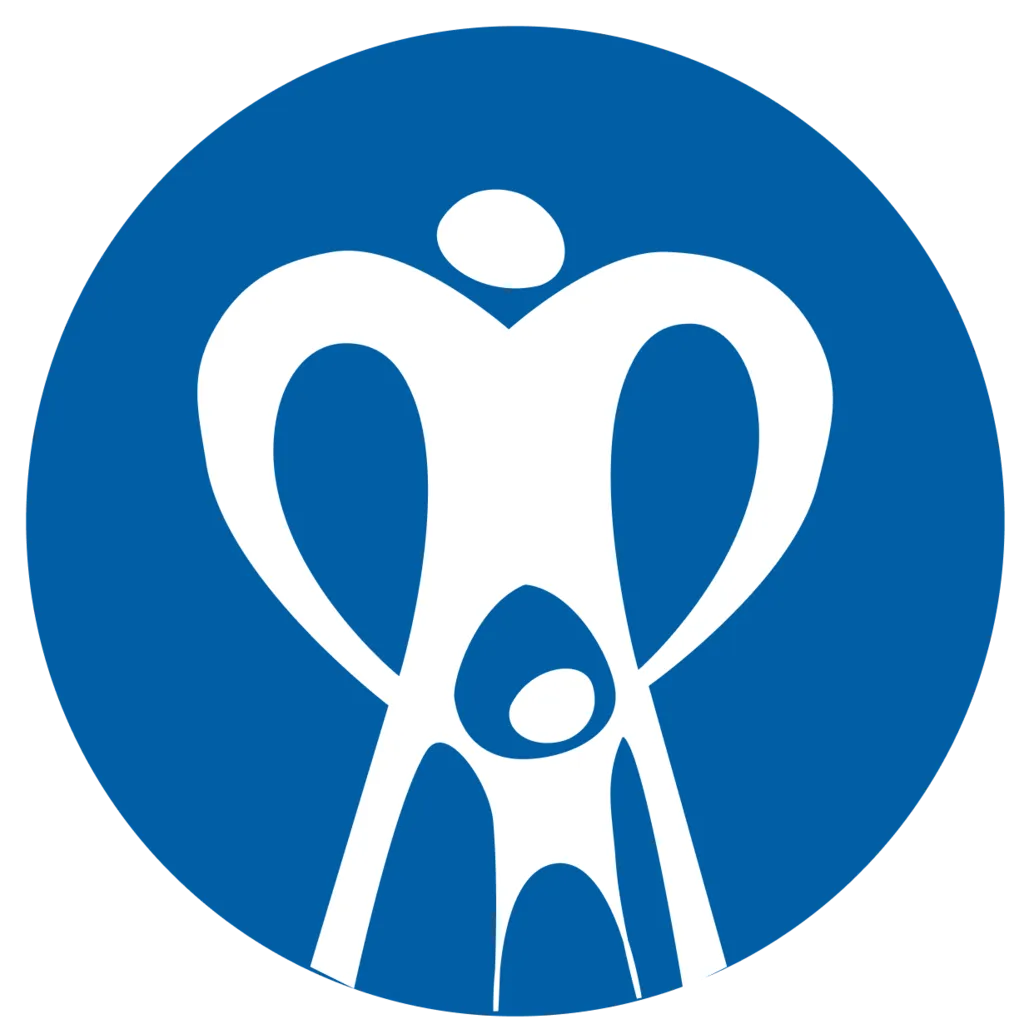The three types of ADHD are primarily hyperactive and impulsive, primarily inattentive, and combined. Each is distinguished by a set of behavioral symptoms outlined in the DSM-5. Here, learn what symptoms look like for each.

Hyperactive-Impulsive Type ADHD
This is the least common type of ADHD and is characterized by impulsive and hyperactive behaviors without inattention and distractibility.
Common symptoms include:
- Often feels restless or fidgety
- Often leaves seat in situations when remaining seated is expected
- Often unable to play or engage in leisure activities quietly
- Often talks excessively.
- Often has difficulty waiting his or her turn
- Often interrupts or intrudes on others

Inattentive Type ADHD
This type of ADHD is characterized predominately by inattention and distractibility without hyperactivity.
Common symptoms include:
- Often fails to give close attention to details or makes careless mistakes.
- Often has difficulty sustaining attention in tasks or activities.
- Often does not seem to listen when spoken to directly.
- Often does not follow through on instructions.
- Often has difficulty organizing tasks and activities.
- Often loses things necessary for tasks or activities.
- Is often easily distracted by extraneous stimuli.
- Is often forgetful in daily activities.

Combined Type ADHD
This is the most common type of ADHD and is characterized by impulsive and hyperactive behaviors as well as inattention and distractibility. Symptoms include those listed for each sub-type.

Seriousness
Early Management of ADHD
While it is important to diagnose and treat individuals with ADHD to help improve (and in some 80% of cases drastically change their home/social/work/ academic lives for the better), what is equally important are the preventative effects of treatment related to the child as he or she grows into young adulthood. Studies have shown that adults who go untreated as children with ADHD are:
- 2 times more likely having trouble keeping friends
- 3 times more likely to be currently unemployed
- 4 times more likely to have an STD because of the high rate of promiscuity.
- Almost 50% more likely to have trouble saving money

